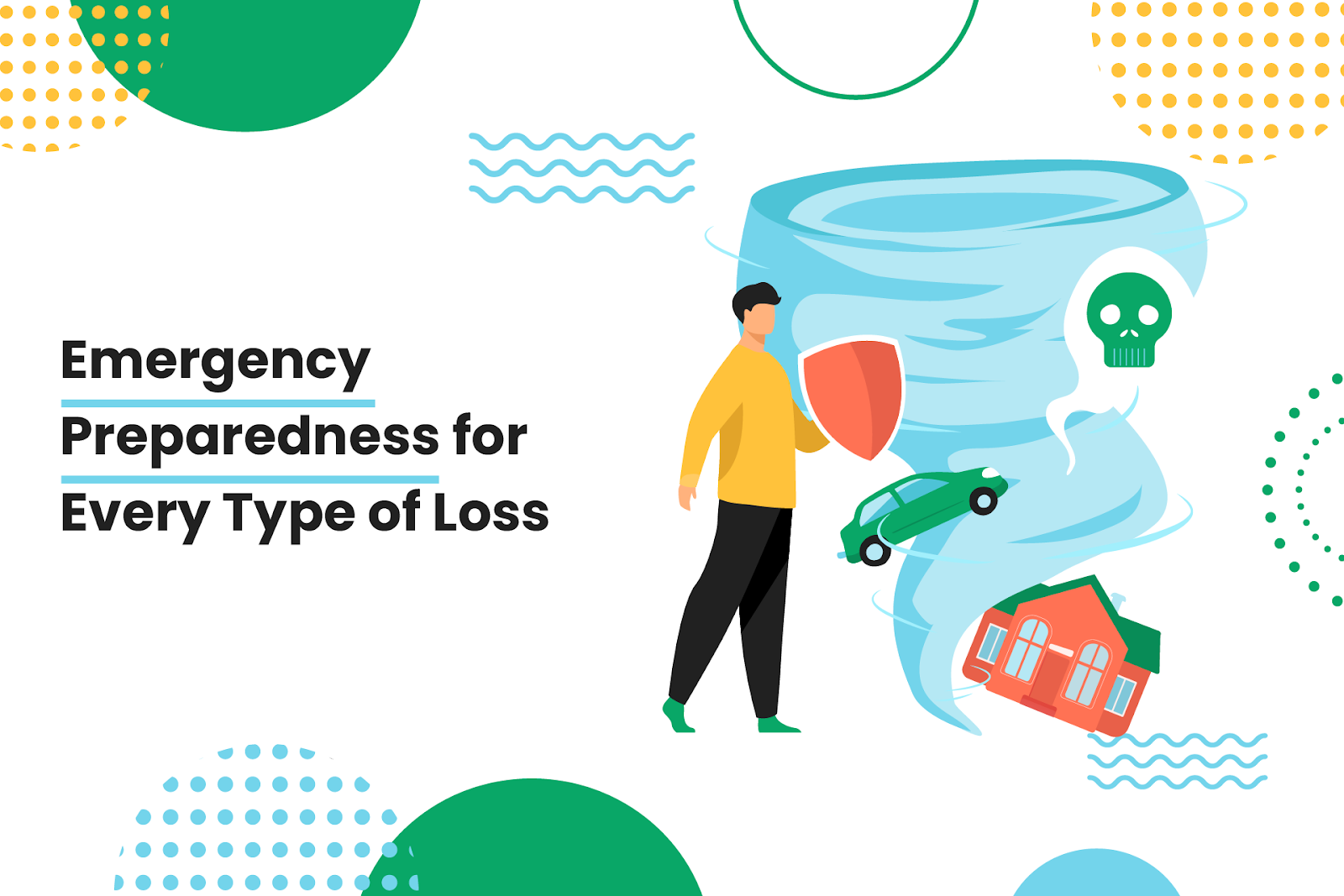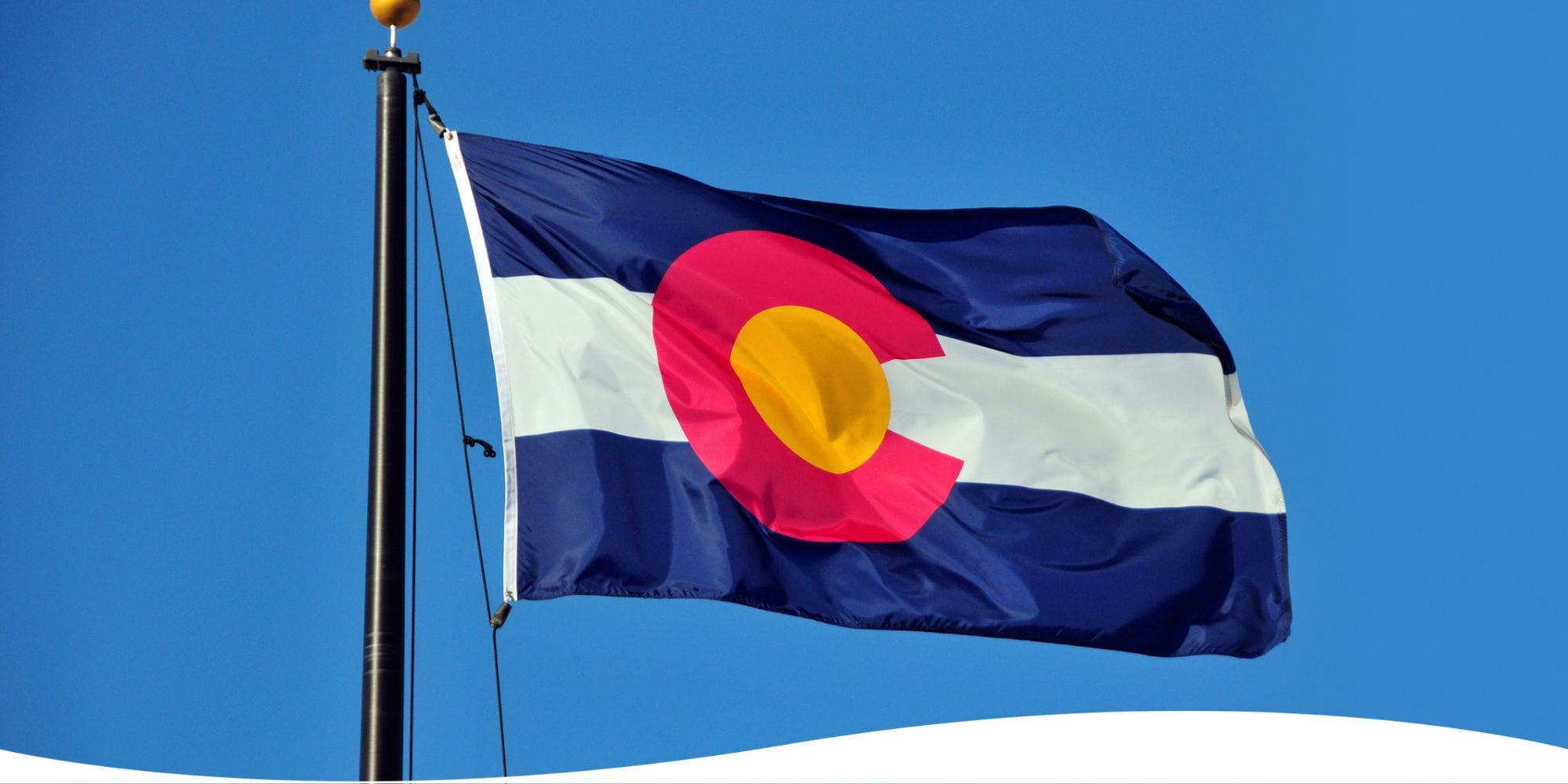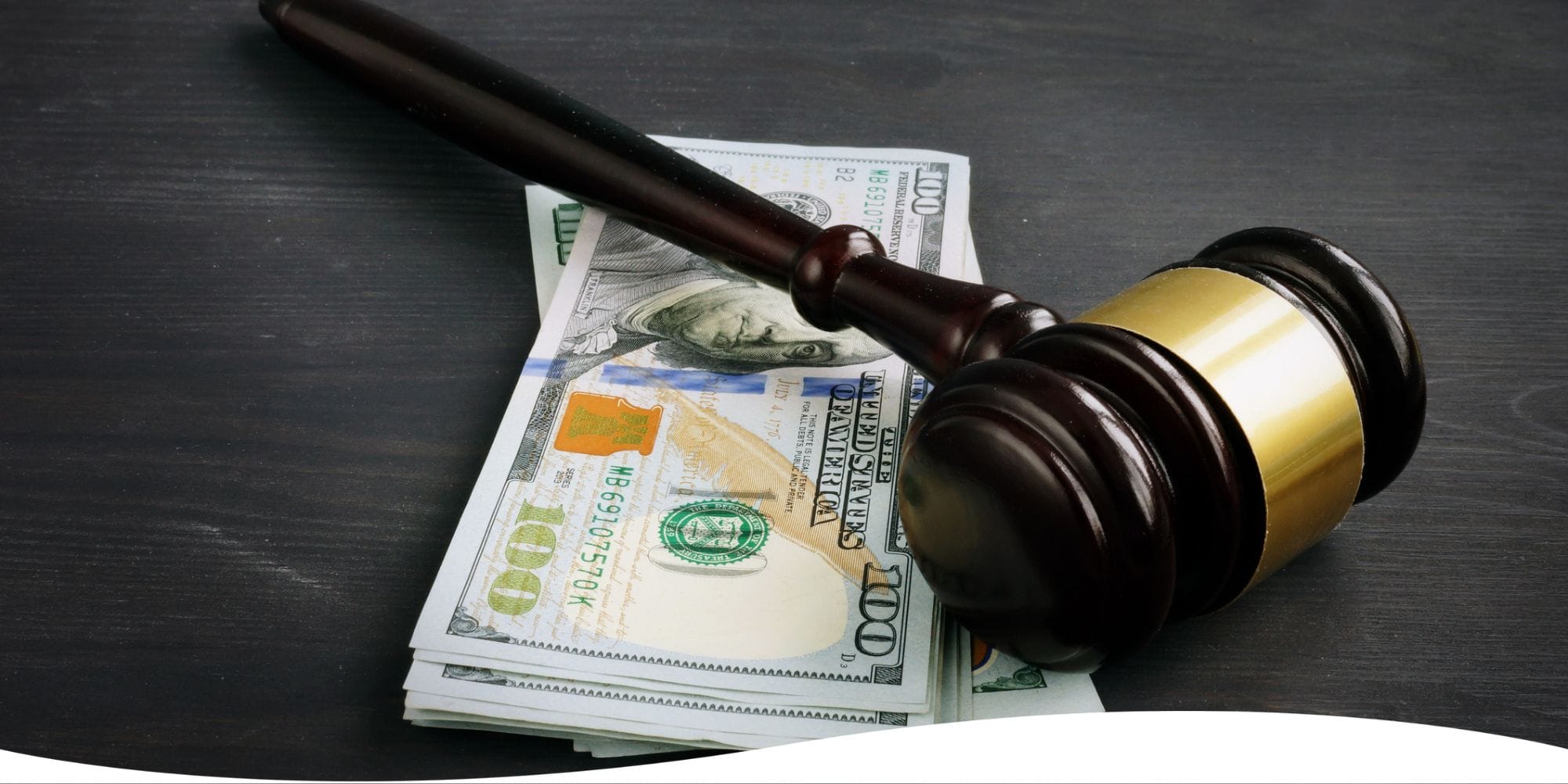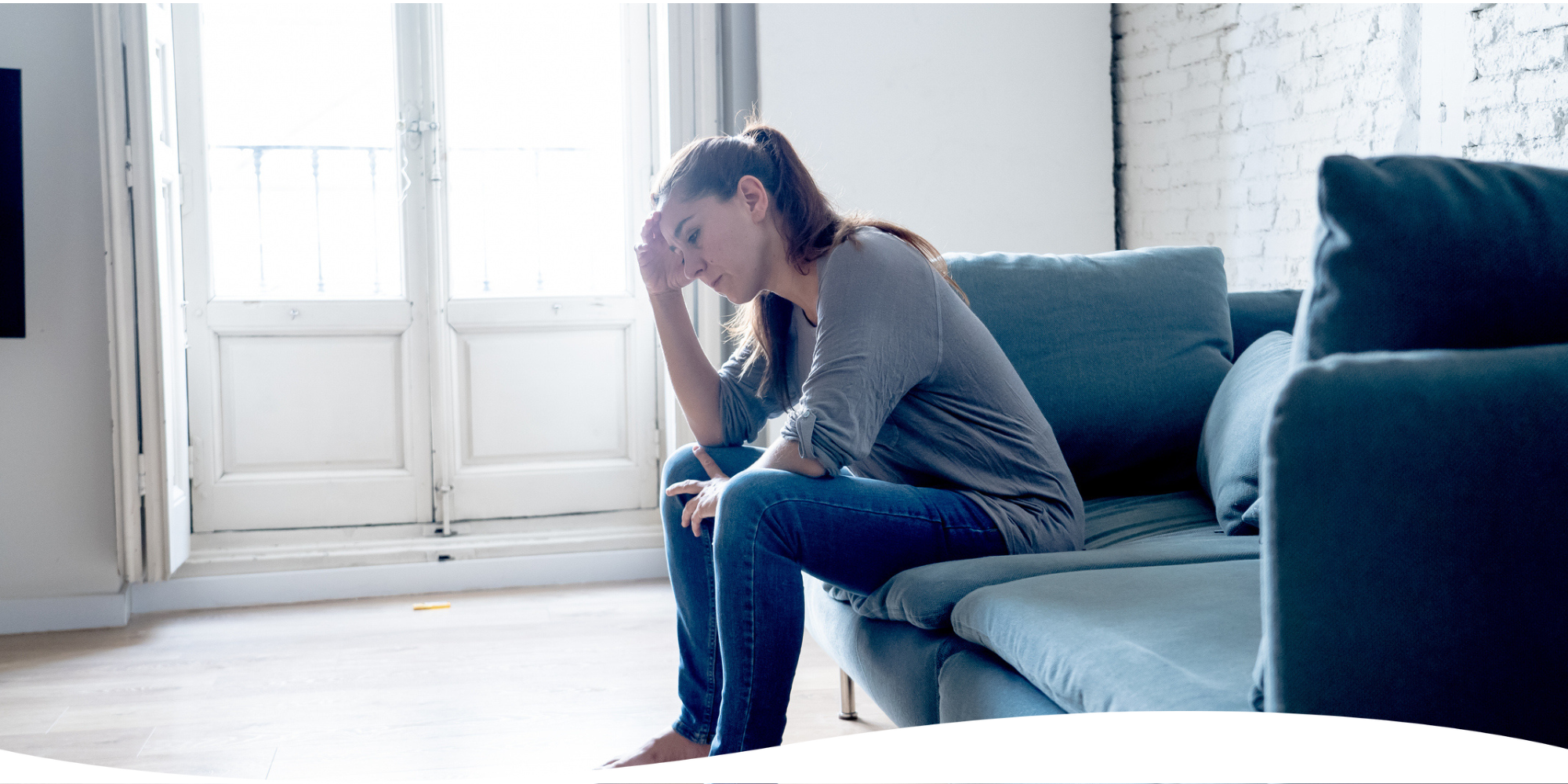Emergency Preparedness for Every Type of Loss
20 Jan 2023 • 5 min read

In 2021, the world was hit hard by a series of devastating natural disasters that caused more than $343 billion in damage worldwide. Unfortunately, only 38% (or $130 billion) of this damage was covered by insurance, leaving a massive $213 billion in uninsured damages.
Do you know how you would prepare if a disaster were to strike tomorrow?
An emergency disaster preparedness kit is a good place to start.
Let’s get into it. Here’s what we’ll cover:
- What To Include In Your Emergency Preparedness Kit for Different Disasters
- How Renters Insurance Protects You in an Emergency
- Final Thoughts: Emergency Preparedness Kit List for Every Disaster
What To Include in Your Emergency Preparedness Kit for Different Disasters
Catastrophe can strike anytime, leaving you scrambling for necessities like food, water, shelter, and basic supplies. But with a little preparation, you can assure that you and your family will stay safe.
The first step is creating an emergency preparedness kit. Once you’ve assembled your emergency preparedness kit, store it in a cool, dry place away from direct sunlight, such as in airtight plastic bags or waterproof containers. Heat, UV rays, and moisture can reduce the shelf life of perishable products in the kit.
You should update the emergency kit every six months to replace any expired items and reassess what is in your kit – your family's needs may change, and you'll want to be able to make the necessary adjustments.
By staying on top of your kit, you'll be able to weather any storm that comes your way. With that in mind, there are a few different disasters you should prepare for:
Emergency Supply Kit for Hurricanes, Floods, and Thunderstorms
The National Oceanic Atmospheric Administration (NOAA) has predicted a 60% chance of “above normal” activity for the 2022 hurricane season — meaning a higher frequency of storms than the century average.
Remember that a hurricane could interrupt your water supply and power. You may also be unable to drive due to car damage and blocked or flooded roads.
So, be sure to stock up on the following in your emergency supply kit:
- A gallon of water and an emergency food supply
- Pet food if you own pets
- First aid kit
- Emergency light sources like flashlights with extra batteries
- Important documents such as wills, passports, medical records, and personal identification
- Safety and personal hygiene items
- NOAA weather radio
- Fire extinguisher
Emergency Supply Kit for Wildfires
Wildfires always have an increased risk of occurring when there's little or no rain, causing grass, brush, and trees to dry out and burn quickly. High winds may also cause the fire to spread.
In our home state of California, we’re no strangers to a wildfire season where the risk is particularly high. So, prepare the following during fall since those months are the most vulnerable to wildfire because of the dry, fierce winds that blow across the Golden State:
- Emergency supplies such as respirators
- Two weeks of food, water, and medical supplies if you need to stay at home
- Moist towelettes, hand sanitizer, garbage bags, toilet paper, diapers, and menstrual products, just in case you can’t leave your home
- Manual can opener for food
- Personal, financial, and medical records
- Battery-powered radio and backup battery
- Local maps
Emergency Supply Kit for Power Losses
Power outages can be challenging to deal with at any time of the year. But it can be worse during winter, especially when you don’t have a working heater.
So, when a winter storm gets on your radar, prepare the following:
- An emergency supply of non-perishable food
- A good supply of batteries
- Battery-powered or hand crank radio
- Flashlights
- Filled up tank since gas station pumps run on electricity
- Car charger for your cell phone
- Landline to help you conserve phone battery
- Firewood for a wood stove and battery backup for a gas fireplace starter
Emergency Supply Kit for Earthquakes
Earthquakes happen without warning — at any time, day or night. The American Red Cross shares that 45 U.S. territories and states are at moderate to very high risk of earthquakes.
So, stock up on the following supplies in your survival kit to prepare for an earthquake:
- Rope for rescue or towing
- Important family documents
- Dust mask to filter contaminated air
- Plastic sheeting and duct tape to shelter-in-place
- Ax, shovel, and broom
- Sturdy shoes to offer protection from broken glass and other debris
- Durable gloves for cleaning debris
- A whistle or other signaling device
- Fire extinguisher
How Renters Insurance Protects You in an Emergency
You can’t prevent emergencies and natural disasters from happening. But having an updated home inventory and proper coverage can significantly reduce the costs associated with a disaster.
It's important to remember that renters' insurance does not cover every disaster. So, reviewing your policy with the provider to understand your insurance coverage before an emergency occurs is crucial.
For example, a standard renters insurance policy often doesn’t cover damage caused by floods and earthquakes.
You can get earthquake insurance in addition to your base Goodcover policy through our partner, Palomar. But you'll need a flood insurance policy from the National Flood Insurance Program to cover floods.
That said, loss through fire or explosion may be covered even though an earthquake or flood caused the disaster.
For instance, let's say a flood in your area corrodes your apartment's electrical connections and causes a fire. This fire then damages your furniture and electrical appliances. In that case, a standard renters insurance policy would likely compensate you since the damage resulted from a covered loss.
Generally, renters' insurance protects your personal property from damages resulting from covered perils, which include the following:
The insurance policy also offers you personal liability protection (medical expenses and lawsuits such as when a neighbor falls off your deck).
It'll also cover the costs of a hotel, food, and other necessities if your home is damaged and you must temporarily relocate due to a covered loss. Just make sure they’re reasonably priced.
Final Thoughts: Emergency Preparedness Kit List for Every Disaster
From the California wildfires to the Texas freeze, natural disasters continually remind us that we must be prepared and take proper action when emergencies strike. Having an emergency preparedness kit is the best way to do so.
To that end, we've compiled the following contact information for tenants in Texas, Nevada, Arizona, and California in case of an emergency:
- Texas Emergency Numbers
- Nevada Emergency Numbers
- Arizona Emergency Numbers
- California Emergency Numbers
Note: This post is meant for informational purposes; insurance regulation and coverage specifics vary by location and person. Check your policy for exact coverage information.
For additional questions, reach out to us – we’re happy to help.
More stories
Team Goodcover • 19 Aug 2024 • 10 min read
Colorado Rent Increase Laws: A Comprehensive Guide for Renters
Team Goodcover • 1 Aug 2024 • 4 min read
Liability Coverage Explained: What Every Renter Needs to Know
Team Goodcover • 26 Jul 2024 • 6 min read
Colorado Renters Insurance: What You Need to Know
Team Goodcover • 6 Jul 2024 • 6 min read
6 Renters Insurance Mistakes (and How to Protect Yourself)
Team Goodcover • 26 Jun 2024 • 8 min read




